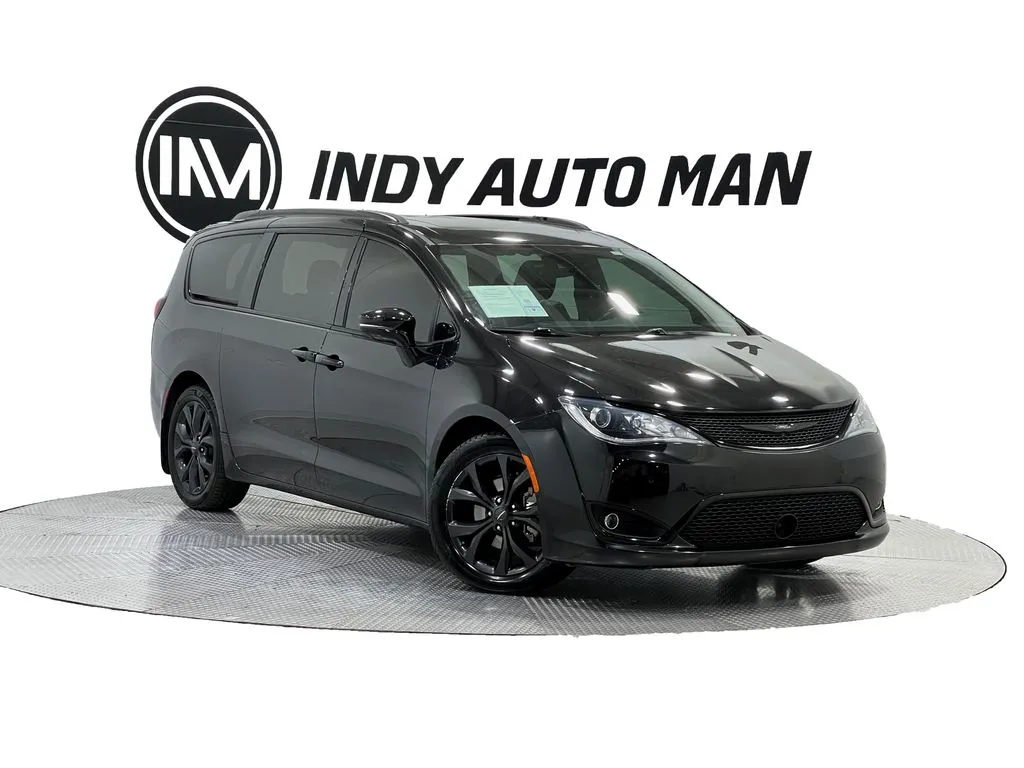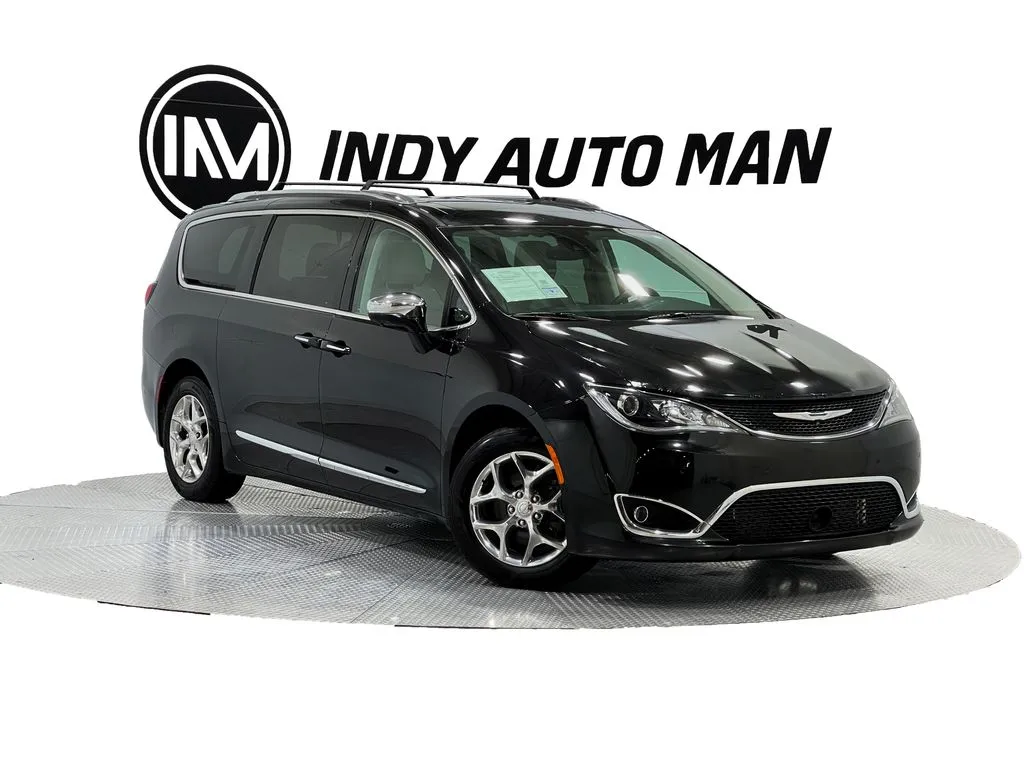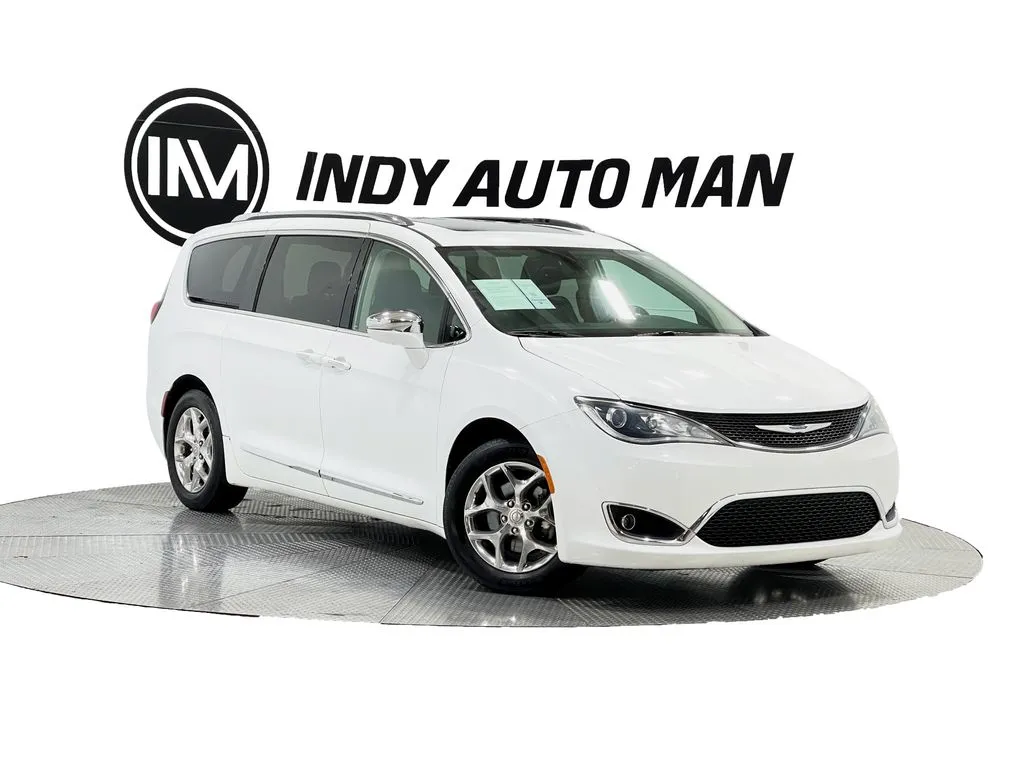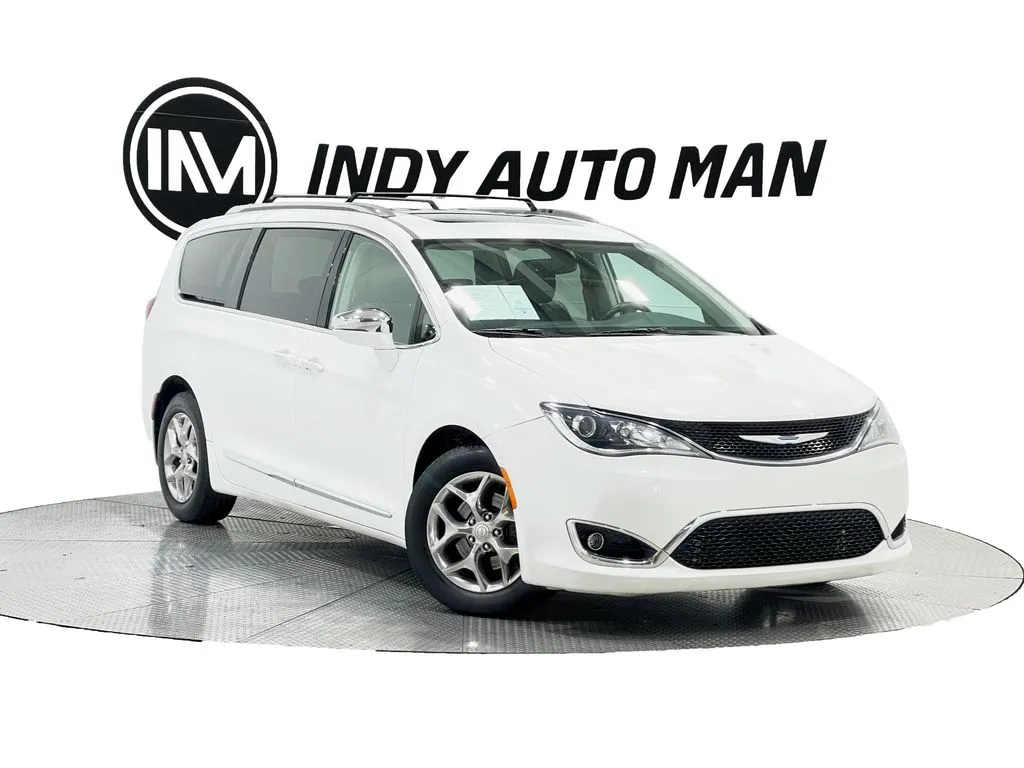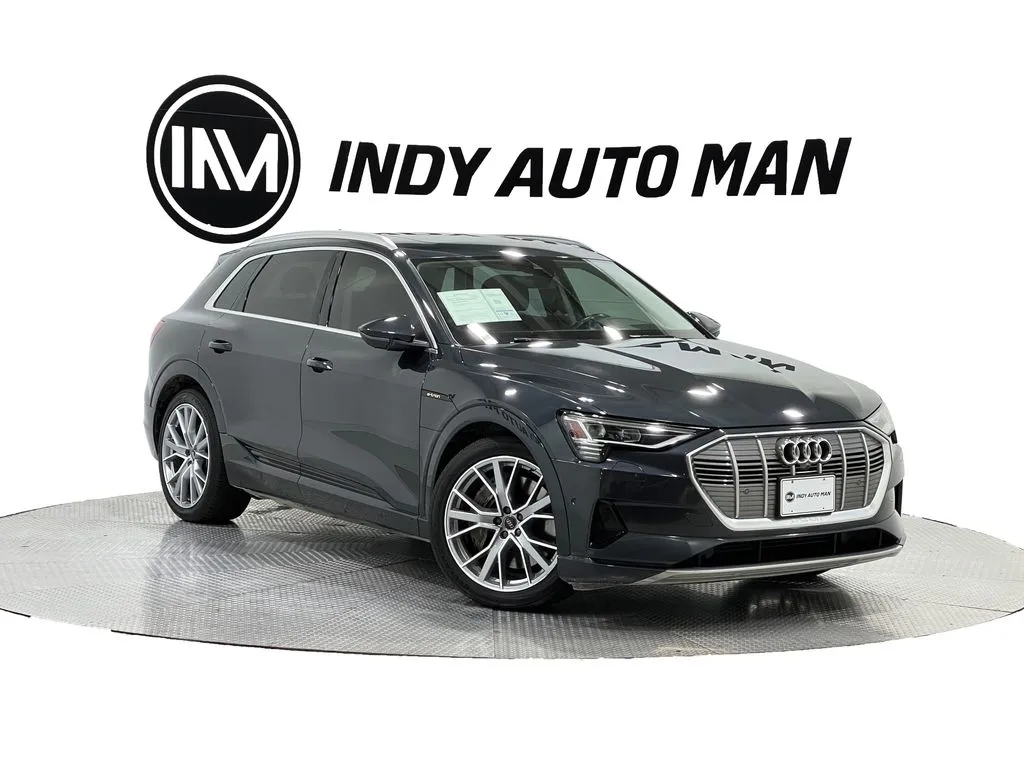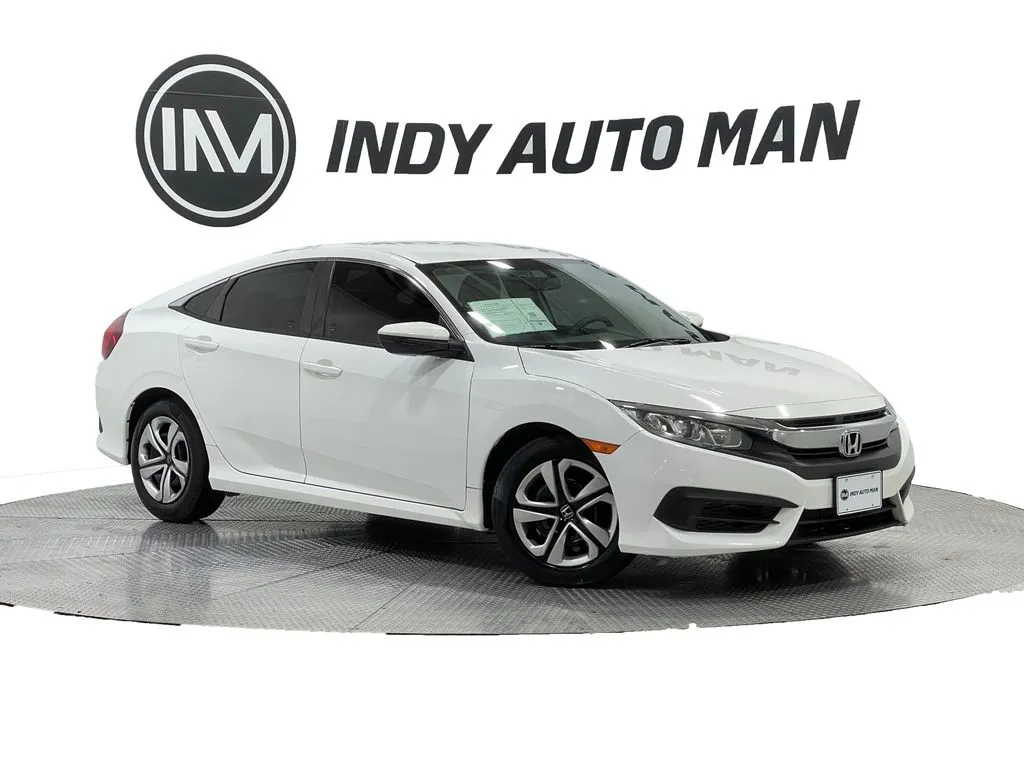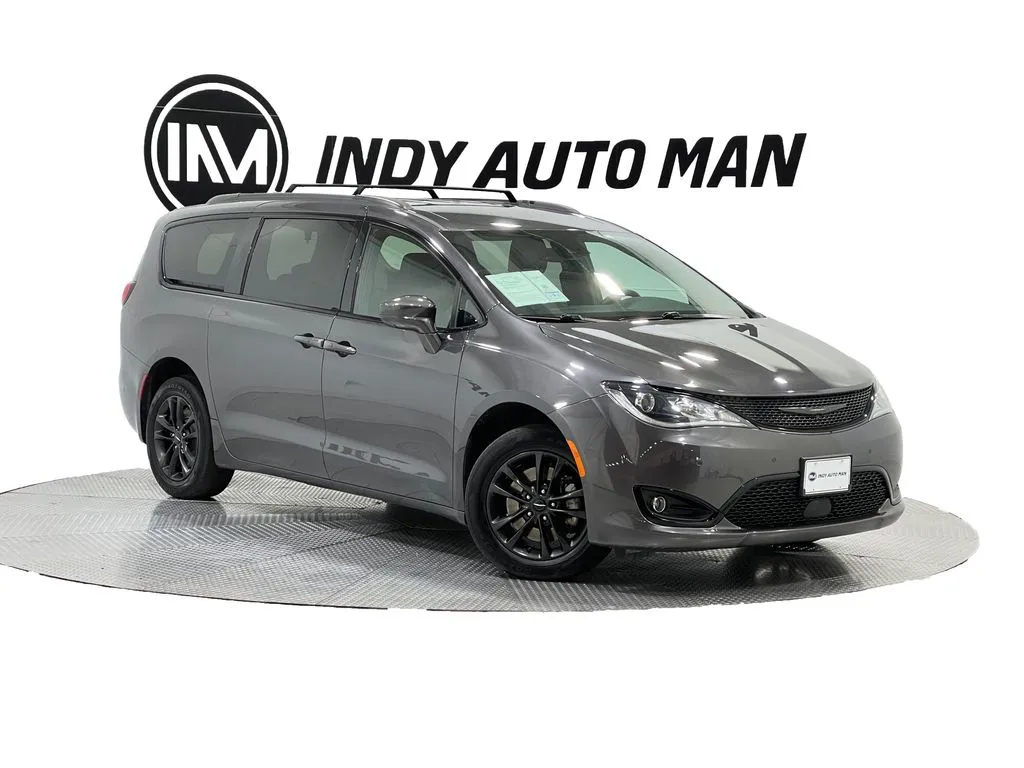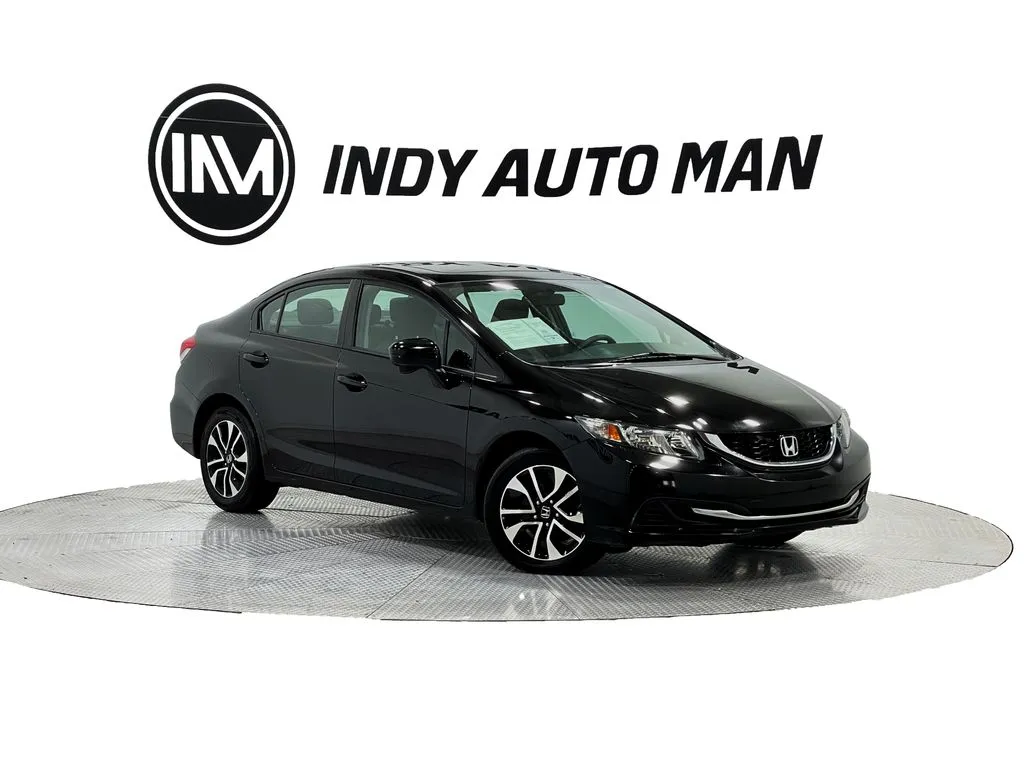Hybrid Cars Comparison: Which Type Is Best?
Table of Contents
- What Type of Hybrid Autos to Prefer?
- What is the difference between the different types of hybrid cars?
- What is the most reliable hybrid?
- Range Extender Type (REX) – Series Hybrid
- Parallel Hybrid
- Series-Parallel Hybrid
- Rechargeable Plug-in Hybrid (PHEV)
- Mild Hybrid
- Are hybrid cars worth buying now in Indianapolis?

Today, hybrids are produced by all leading automakers, and there are always at least a dozen hybrid models in the Indy Auto Man Indianapolis inventory. Over the past 20 years, hybrid cars have become firmly established in the everyday life of US motorists. Let’s compare the most popular hybrids in the Indiana market and find out how they differ.
What Type of Hybrid Autos to Prefer?

When comparing different hybrid cars, most experts agree that the best vehicles of this type are as follows:
- Toyota Yaris
- Honda Civic
- Hyundai Ionic
- Kia Sportage
- Kia Niro
- Toyota RAV4
- Lexus NX
The Indy Auto Man team also adds to the best hybrid cars such models as:
- Land Rover Range Rover
- Mercedes-Benz CLS
- Audi A3 E-Tron
However, the general name “hybrid cars” hide completely different technical solutions. Here is a detailed hybrid vehicle comparison based on the power plants’ principles of work.
What is the difference between the different types of hybrid cars?
The best way to differentiate hybrid-electric systems is to determine if the hybrid can operate the vehicle using battery power alone, or if the gasoline engine must always be active. Both parallel and series hybrids, as well as plug-in hybrids, are capable of running solely on battery electricity. In contrast, mild hybrids do not have this capability.
What is the most reliable hybrid?
Toyota Prius is considered the most reliable hybrid car with an 8.9 out of 10 reliability score . The Toyota Camry is the second most reliable hybrid auto in 2023.
Range Extender Type (REX) – Series Hybrid

The very first hybrid design – sequential – was invented by Ferdinand Porsche at the dawn of the automotive industry. The working prototype of the Lohner-Porsche Hybrid appeared in 1901, a hundred years before the Prius. A hybrid car is almost the same age as a gasoline one, but it had to wait a whole century: with cheap fuel, technically complex hybrids did not make sense. And few people cared about ecology in the XX century.
In a REX hybrid scheme, the internal combustion engine acts as a generator installed under the hood but not connected to the wheels. The engine speed is always optimal; the gearbox is also not required. The only task of the engine is to generate current for the electric motor, which rotates the wheels.
A REX hybrid is an autonomous EV that does not require recharging from an external network. Such hybrids are effective in conditions of frequent stops, where there are no high speeds, but good traction is needed. First of all, these are public transport and mining trucks.
A series circuit is used less frequently in passenger cars due to considerable power losses. But examples still exist: the twins Chevrolet Volt and Opel Ampera. These models did not become bestsellers, and experiments with a sequential hybrid scheme in passenger cars are ongoing:
- The BMW i3 electric car can be equipped with the REX option, a tiny two-cylinder internal combustion engine to generate power that turns the electric model into a serial REX hybrid.
- Karma Revero and Infiniti Emerg-E supercars are REX hybrid attempts to challenge Tesla.
Parallel Hybrid

Most modern hybrids use a more versatile parallel circuit. The internal combustion engine and the electric motor are connected to the wheels, working separately or in parallel.
The first parallel hybrids were quite primitive. In 1999, in response to the Toyota Prius, Honda introduced the Integrated Motor Assist (IMA) hybrid system to the Insight, then to the Civic, Fit/Jazz, Accord, CR-Z, and others. The electric motor in it was an assistant, not a full-fledged power plant. Such hybrids could not drive on pure electric traction, nor could they charge the battery from the engine while driving. The electric kilowatts were added to the gasoline horsepower, allowing for less engine revving and some fuel savings. And the battery was charged mainly from recuperation during braking.
Modern parallel hybrids have gone far ahead. The Honda brand is actively introducing the i-MMD (Intelligent Multi-Mode Drive) power plant into new models, which operates in a sequential hybrid scheme in urban mode. At low speeds, the gasoline engine disconnects from the drive wheels, and the car moves only due to the electric motor. As the speed increases, the car turns back into a parallel hybrid, connecting the ICE with an automatic clutch. This system is already used by the new generations of:
- Honda Odyssey
- Honda Accord
- Honda CR-V
- Mitsubishi Outlander
Series-Parallel Hybrid

Formally, you can classify the Toyota Prius as a parallel hybrid. But when developing it, Toyota engineers acted innovatively and introduced so many bold decisions that the result had to be separated into another type. The Prius is called a series-parallel hybrid or a hybrid of a mixed (combined) type.
In most parallel hybrids, there is a simple gearbox, most often, a continuously variable transmission. And the electric motor is an intermediate link between the gearbox and the internal combustion engine, a kind of superstructure. At Toyota, the gasoline engine, electric motor, and drive wheels are interconnected by a planetary mechanism, without a gearbox and clutch. This makes the entire power plant a single entity, allowing the control electronics to distribute power between the nodes in any ratio. The efficiency of such a system is very high.
Toyota called its design Hybrid Synergy Drive (HSD). It is used in all modern Toyota and Lexus hybrids and under the HSD license in several Nissan and Ford models. Toyota plans to gradually transition to a synergy drive for the entire line of vehicles. For some models in the domestic JDM market, there is no longer an alternative to HSD: for example, the Toyota Camry in Japan has been offered only with a hybrid power plant for the past few years.
Rechargeable Plug-in Hybrid (PHEV)

Even the most modern hybrid loses efficiency compared to a fully electric car because it does not consume gasoline. But why not replenish energy reserves from an external power grid like electric cars? This is the idea behind the PHEV – a hybrid car that you can connect to external charging.
Like a traditional hybrid, PHEV can charge the traction battery on the go: from the operation of the internal combustion engine and with the help of recuperation – the conversion of braking energy. But when you arrive at home or work, the Plug-in Hybrid can be charged from a stationary power grid, like any electric car, and then drive with a full battery.
Compared to a fully electric car, a PHEV hybrid also has tangible advantages:
- Large power reserve. Even top-end electric cars travel around 400 miles on a single battery charge, and budget city electric autos can drive only a modest 250 miles, especially in cold weather. A rechargeable hybrid on a full tank will travel more than 500 miles.
- Independence from external sources of electricity. PHEV has a classic internal combustion engine under the hood, and charging from an external network is not a necessity but an option. As long as there is fuel in the tank, it will go and show high fuel economy.
The plug-in hybrid is the main automotive trend in recent years. There are already a lot of them on the market, and a hybrid of any design can be rechargeable:
- Toyota Prius PHV and Prius Prime
- Ford Fusion Energi
- Hyundai Ioniq
- Chevrolet Volt
- Volvo V60
- Chrysler Pacifica
- Audi e-Tron
- Mitsubishi Outlander PHEV
- Range Rover PHEV, and others.
It’s not just about fuel economy and environmental friendliness: car manufacturers have to be at the forefront of modern technology.
Mild Hybrid
A mild hybrid is a standard car greened up with energy-saving technologies. Behind the beautiful hybrid term is the Start-Stop system, familiar to many Indiana drivers, which turns off the engine during stops but is a little more advanced. The mild-hybrid internal combustion engine is equipped with a special motor-generator; while driving, it works like a standard one, generating current. But when the car stops and the Start-Stop system turns off the engine, the motor generator comes into play, ensuring the operation of all car systems: electrics, heater, air conditioning, etc. A driver does not even notice that the engine does not work. When you press the gas, the motor starts directly from the generator.
Are hybrid cars worth buying now in Indianapolis?

If you are not an ardent enthusiast of new technologies and just need a reliable and economical solution, a hybrid car fits your needs perfectly.
The strength of hybrid cars compared to electric vehicles or cars with gas equipment is the absence of special requirements and procedures. Smart electronics fully manage the hybrid system without driver intervention. Periodic maintenance and replacement of consumables do not require a special car service: any qualified service station can handle typical work.
Hybrids are more affordable compared to fully electric cars and more responsive to drive than petrol-only equivalents. You can buy a reliable hybrid car for even less if you opt for a used model. Visit Indy Auto Man in Indianapolis to compare the options and purchase the best hybrid vehicle for more ecological and comfortable driving.

